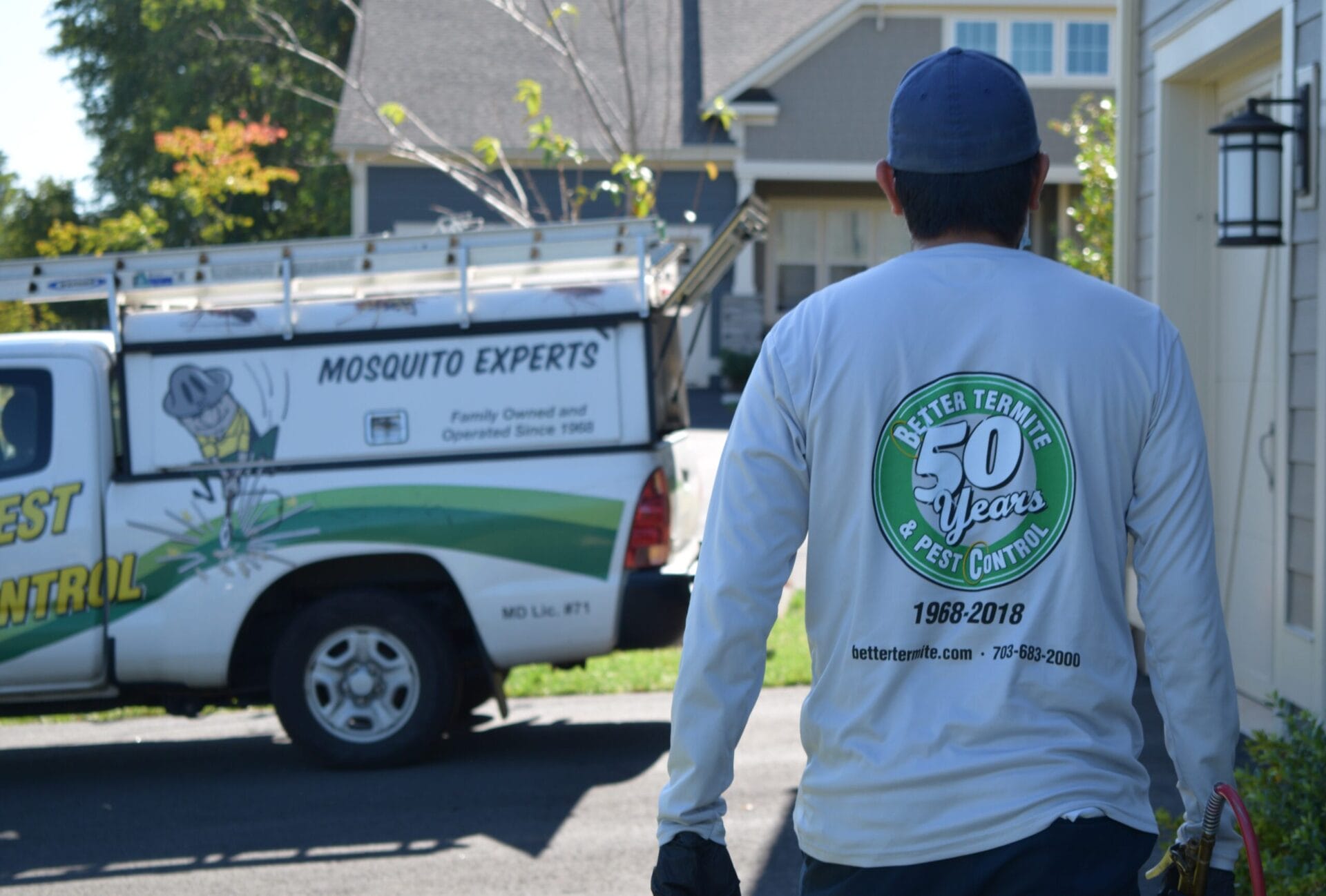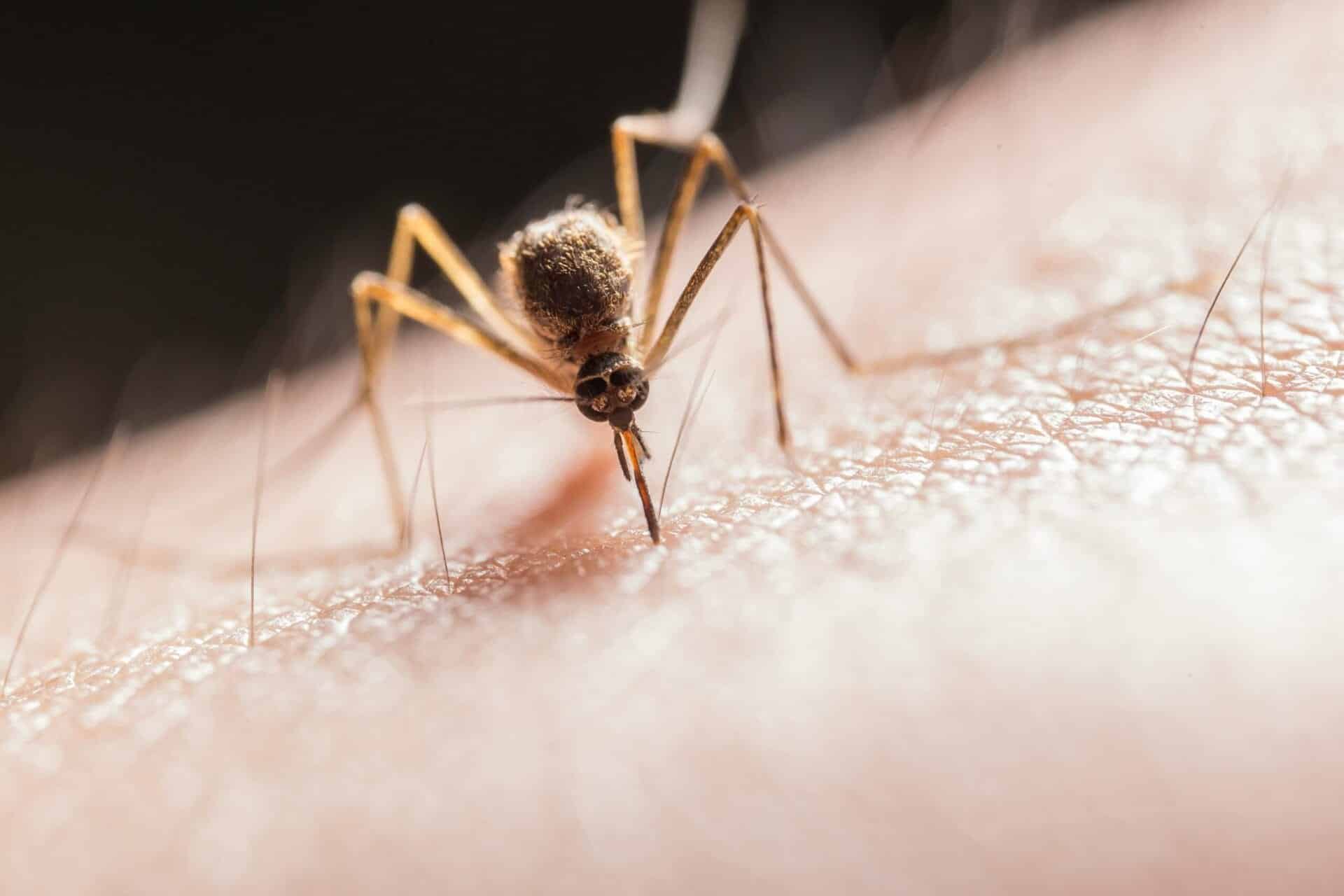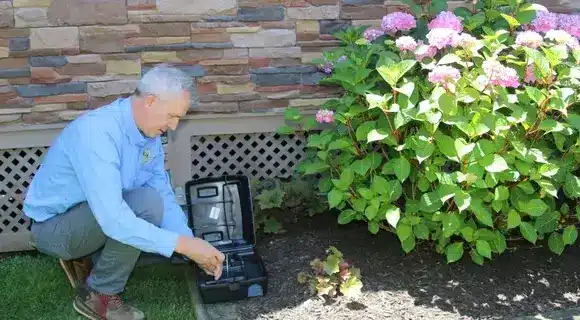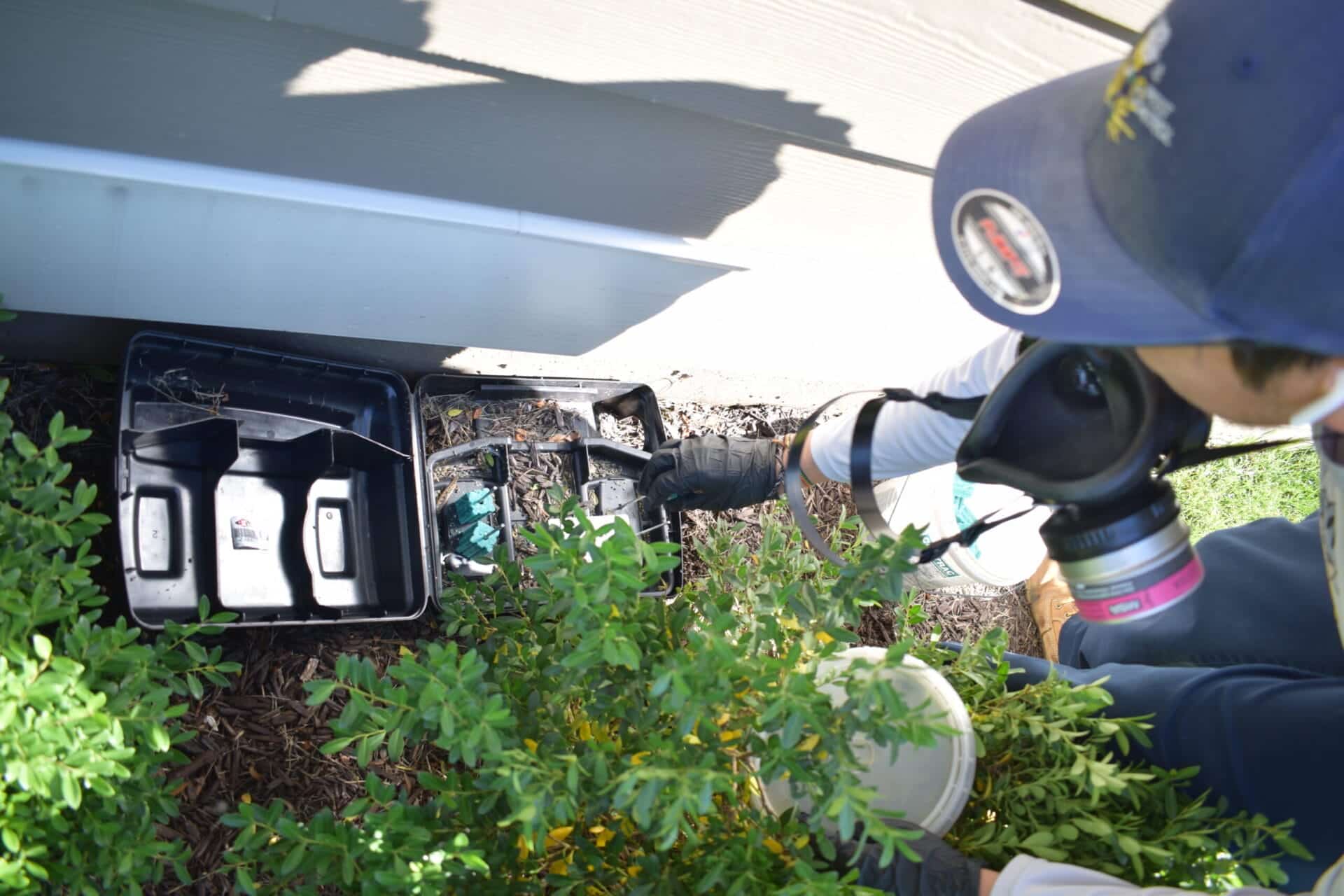


Spotting baby roaches in your home can feel like a nightmare. I’ve seen tiny roaches scurry across floors and bathroom cracks.
Since 2015, I’ve helped homeowners in the DC metro and our family business has serviced over a million homes. In this guide, you’ll learn what a baby cockroach is, how to spot a cockroach infestation, and what steps to take—DIY or professional pest control service.
A baby cockroach is a young roach, also called a nymph. These wingless nymph cockroaches hatch from an ootheca, a small egg case.
Unlike bed bugs, which have short, oval bodies, cockroaches don’t bite but can spread germs. Recognizing a species of cockroach early helps stop a cockroach infestation in your home.
All cockroaches share a three-stage life cycle: egg, nymph, and adult. The ootheca holds several eggs and is about the size of a grain of rice.
When a cockroach nymph hatches, you will see baby roaches look like smaller versions of adult cockroaches. Over several molts, growth of cockroach nymphs leads them to develop wings as adults.
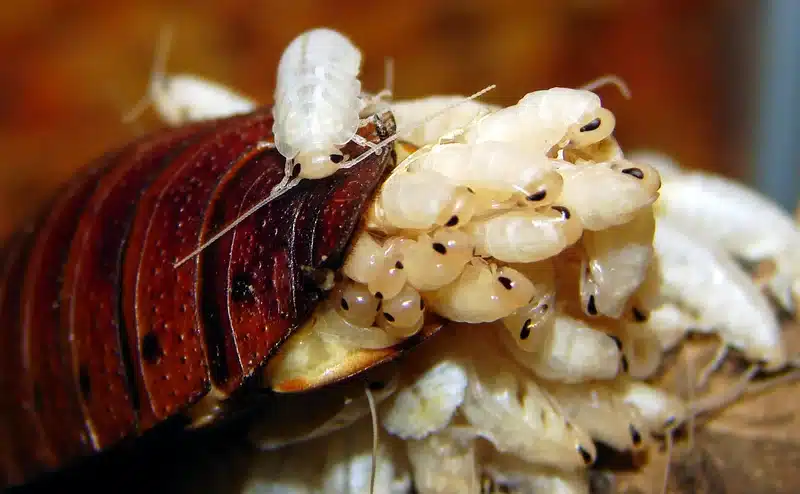
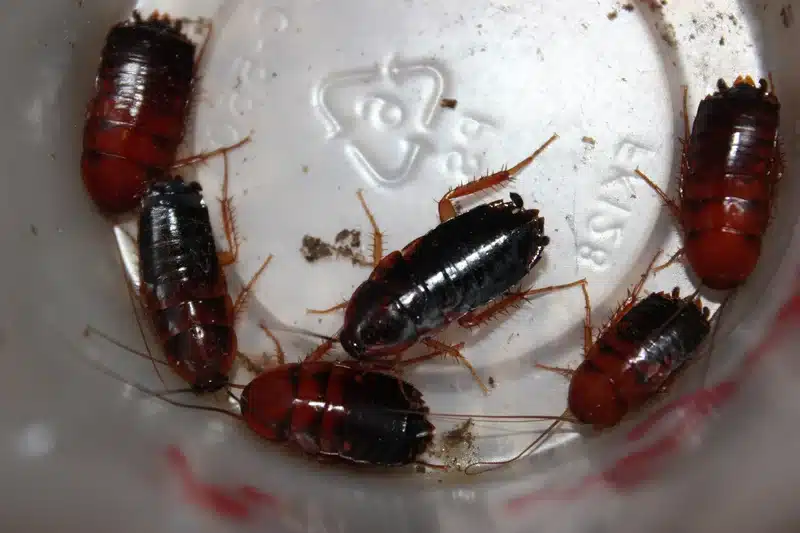
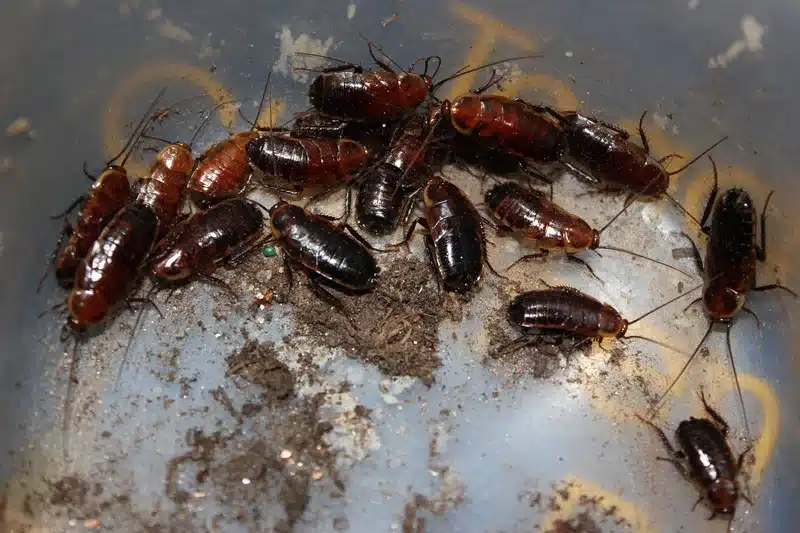
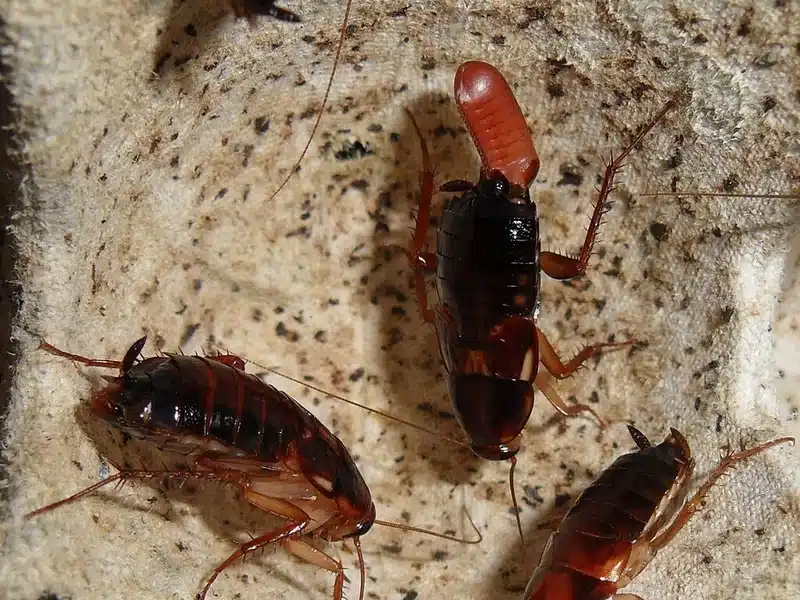
According to FS1322: German Cockroach (Rutgers NJAES), German cockroach nymphs go through about six instars before reaching the adult stage.
Right after hatching, baby roaches can be as small as 1/8 inch and white or light grey. They look like a grain of rice and are soft-bodied for a few hours.
Within hours, they darken to shades of black or light brown, depending on the species.
Depending on the species, baby cockroaches vs other nymphs can vary. Baby german cockroaches are dark with a pale stripe, while baby oriental cockroaches are stout and nearly black, as described by Oriental Cockroach.
Baby american roaches tend to be reddish-brown and larger than German nymphs, per American cockroaches. Brown-banded baby cockroaches show two cream-colored bands, per Penn State Extension.
Bed bugs have flat, oval bodies and move slowly. Baby cockroaches scurry and have long antennae.
You can differentiate between baby cockroaches and bed bugs by their movement and body shape.
In our region, four common cockroach species are German, American, Oriental, and Brown-banded. Each baby roach looks like a small, wingless version of its adult roach parent.
German cockroach nymphs are about 3 mm at first instar, dark brown, and have a pale stripe on their pronotum. They molt 5–7 times in just 40–60 days.
Young oriental cockroaches are dark brown to black with a shiny exoskeleton. They molt about seven times and mature in about a year.
American cockroach nymphs are initially grayish-brown then turn reddish-brown. Late nymphs develop wing pads but no wings.
See more on our American Roaches page.
Brown-banded cockroach nymphs are just 2–3 mm long at hatching. They have two cream-colored bands that remain visible through molts.
Early signs of a cockroach infestation include sightings of tiny baby roaches and adult roaches, especially at night. Roaches are often forced out during the day when crowding grows.
If you see one baby scuttling across the floor, you likely have dozens more hidden. Spotting adult and baby roaches in kitchens or bathroom crevices is a red flag.
Finding shed skins or oothecae—small brown capsules—is proof of breeding. You might find them near baseboards or under kitchen cabinets.
Roach fecal droppings look like pepper-like specks. Larger roaches leave cylindrical droppings. An oily, musty smell also suggests an infestation in your home.
Even tiny baby roaches carry allergens and germs. Their shed skins and droppings can trigger asthma attacks and allergies.
Research shows that cockroach allergens, like particles from a nymph’s skin, can worsen asthma in children. This study links nymph dust to asthma risks.
Baby roaches crawl through drains and sewers then across counters. They pick up bacteria like E. coli and Salmonella, contaminating food and utensils.
Before calling a professional pest control service, you can tackle small infestations with strict cleanup and home fixes.
Keep your kitchen clean and store food in airtight containers. Fix leaky pipes to cut off food and water sources. Seal cracks and get rid of cardboard that roaches love.
Use baits and glue boards in corners and under appliances. Dust with boric acid or diatomaceous earth in cracks. Replace traps weekly until you stop catching tiny roaches.
For full cockroach control, professional pest control services can inspect, treat cracks with non-repellent insecticides, and offer follow-up visits under our Better Promise.
Our registered technicians perform a 78-point inspection and use EPA-approved products that pass our internal research team’s standards. We’re third-generation, local experts with no binding contracts. Unlimited callbacks ensure lasting results.
Call to ask about service in your area—[Arlington](/locations/pest-control-arlington/), [Alexandria](/locations/pest-control-alexandria/), or [Bethesda](/locations/bethesda-pest-control/). Check our 2025 Service Price Guide for cost details.
To stop roaches from returning, deny them food, water, and shelter. Wipe counters, sweep floors, and store pantry items in sealed bins.
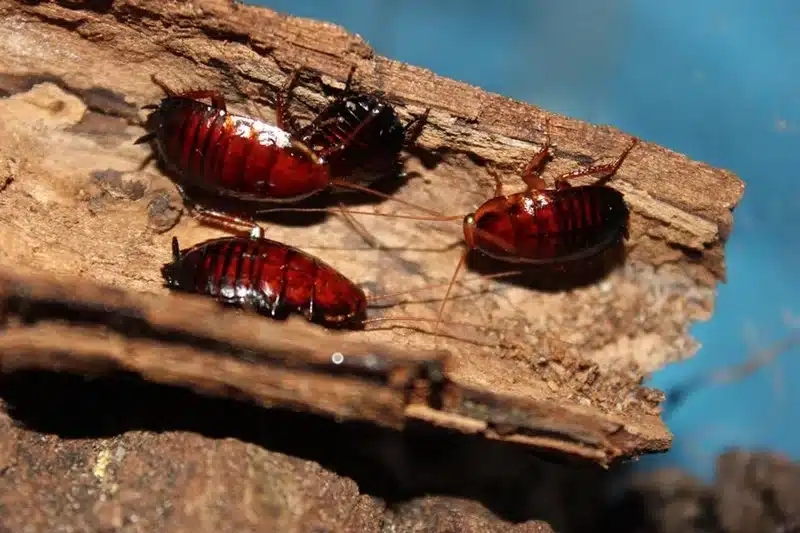
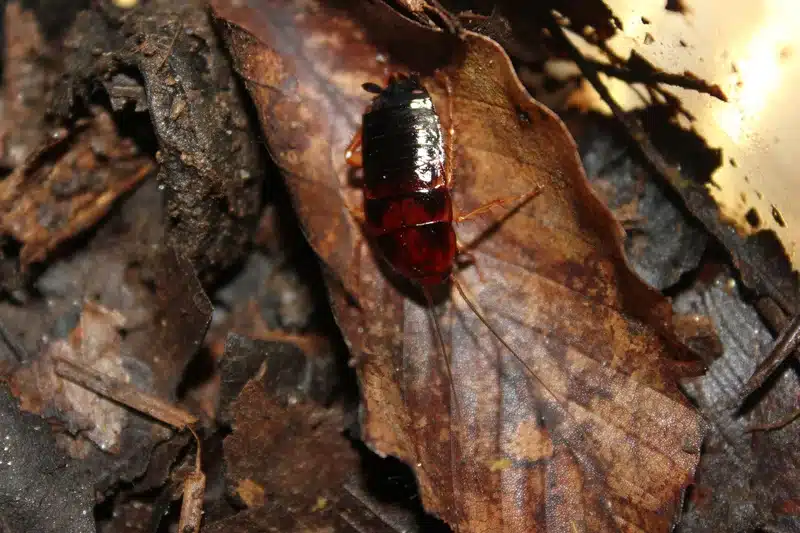
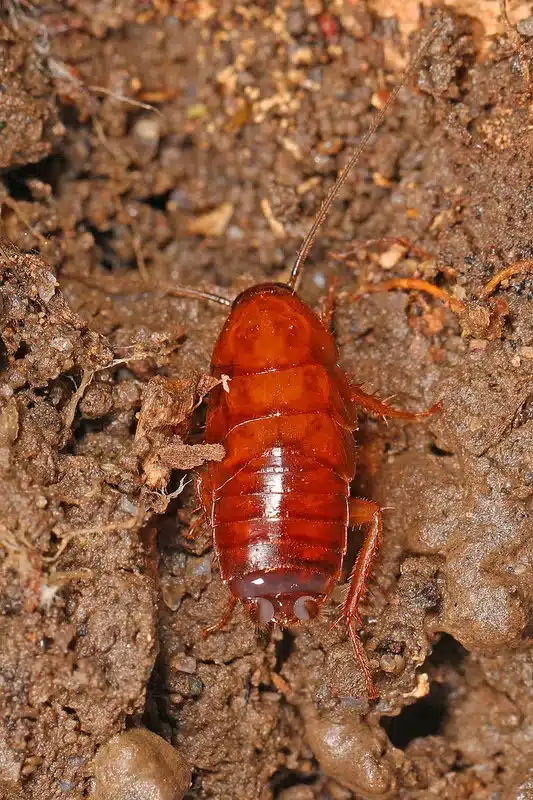

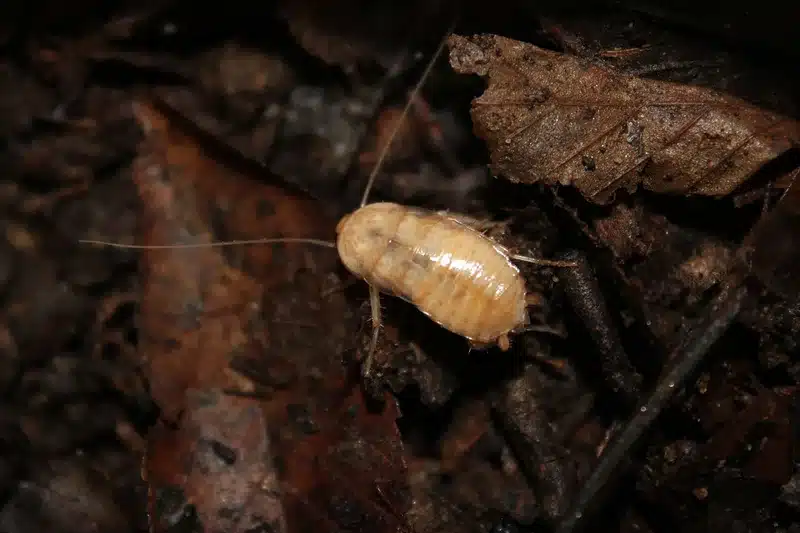
Check areas like under sinks and behind appliances monthly. Sticky traps help you monitor any new invaders early.
Keeping baby cockroaches in your home at bay takes early action. Whether you choose DIY cockroach control or professional pest control service, a clean home and quick response prevent larger cockroach infestations. If you have questions or need an estimate, call us at 703-683-2000 or email info@bettertermite.com today.
Seeing tiny roaches often means a hidden breeding site. One baby roach can indicate many nymph cockroaches in cracks and crevices. Check cabinets and behind appliances at night for activity.
Baby cockroaches look like small, wingless versions of adult roaches. They have long antennae, spiny legs, and dark or light brown bodies, depending on the species.
First, clean thoroughly and seal entry points. Place baits and glue boards in key areas, and use light boric acid or diatomaceous earth dust in cracks.
A sudden sighting often means a mature infestation in your home has produced many nymphs. Crowding forces them into the open.
German roach nymphs can mature in about 40–60 days, while American roaches might take 6–12 months. Oriental cockroaches often need around a year as nymphs.
Roaches need food, water, and shelter. Crumbs, pet food, leaks, and clutter attract roaches. Keeping a clean, dry home is your best defense.

With five years of hands-on experience in the pest control industry, George Schulz is a registered technician with the Virginia Pest Management Association and a proud third-generation professional in a family business that’s been protecting homes for over 57 years. He manages and trains a team of service pros while also leading internal research efforts—recently spearheading a deep-dive review of thousands of documents on pest control materials to hand-pick the most kid and pet friendly, most effective solutions tailored specifically for homes in the DC metro area. Read his bio.

